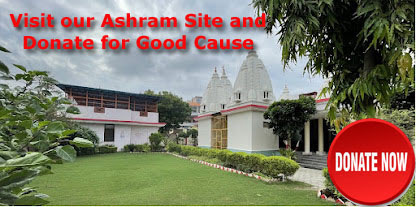Dr. Shanker Adawal
What is Transit
1.1
Introduction
1.1.1
The point of the zodiac rising at the eastern horizon when a native is born, is
called Lagna or the ascendant. The position of the planets incorporated in
relation to this point in various zodiacal signs/houses, in a specified manner,
is generally called the horoscope of the native, which is a chart depicting the
position of the planets in various signs/ Nakshatras in the zodiac with
reference to a fixed reference point, called lagna, at the time of the event,
birth of the native, at the particular time and place. The sign and Nakshtra,
wherein Moon is placed is called Janam
Sign (or Moon lagna) and Janam Nakshtra
respectively. This position is fixed for all times to come, since neither the
event nor the time can ever be repeated. This fixed planetary position at the
time & place of birth is capable of being assessed for the promises
inherent in it as per Prarbdha Karma
of the native.
1.1.2
With passage of time, these promises unfold gradually but certainly in an order
as per dasha system, a feature unique to Vedic astrology. However the zodiac or
the universe is constantly moving as per various cosmic rules along with the
position of the planets having definite cycles of time. The cumulative cyclic
effects produced thereafter by the constantly changing positions of the planets
with reference to their original or natal or radical position of planets/
houses/ signs produce the change of life in day-to-day affairs and is called
“Transit/ Gochar” and determines or
delivers the inherent promise stored in the horoscope of the native.
1.1.3
From the above following points emerge:
i).
The horoscope or the birth chart of a native stores various inherent promises,
both good as well as evil, as per one’s Prarbdha
Karma.
ii)
These basics promises form the permanent features of a native’s life, which are
generally unalternate.
iii)
The promises unfold themselves as per Dasha system which are generally based on
Janam Nakshtra. This system
distributes the permanent features promised in the horoscope during the dasha-
antra of the relevant planets.
iv)
The transit of the relevant planets finally delivers the promised event in our
day to day life as per inherent promise of the horoscope.
v) To
understand the delivery mechanism of transit phenomenon, the position of
planets during transit at an opportune time must be studied with reference to a
fixed point in natal chart, which is called lagna. There are a number of lagna
available for this purpose in a birth chart.
vi) It
should be clearly understood that dasha
system and Transit delivers only that which is promised in the horoscope at the
opportune time and cannot deliver what is not promised in the birth chart.
It is imperative that there is just no way in which the transit can deliver
something on its own. A package has to be prepared by the planetary promise in
the chart. It, then, is taken over by dasha system for handing over to the
transit for delivery to the native. The role of Transit is just of a divine messenger of the God.
Continue…
Shanker Adawal
Profile: www.connectingmind.com
Research work and articles on Bhrigu Nadi astrology: www.shankerstudy.com
www.shankarsastro.com
Published articles on Articlesbase.com
http://www.articlesbase.com/authors/shanker-adawal/149926
or search keyword "shanker adawal" in google search for published articles
Join my Facebook Group for free Astro Queries: www.facebook.com/adawal
Published articles on Newspapers: http://tinyurl.com/2wyxtfk
Year 2012 for you: http://tinyurl.com/2012foryou
Research work and articles on Bhrigu Nadi astrology: www.shankerstudy.com
www.shankarsastro.com
Published articles on Articlesbase.com
http://www.articlesbase.com/authors/shanker-adawal/149926
or search keyword "shanker adawal" in google search for published articles
Join my Facebook Group for free Astro Queries: www.facebook.com/adawal
Published articles on Newspapers: http://tinyurl.com/2wyxtfk
Year 2012 for you: http://tinyurl.com/2012foryou

































